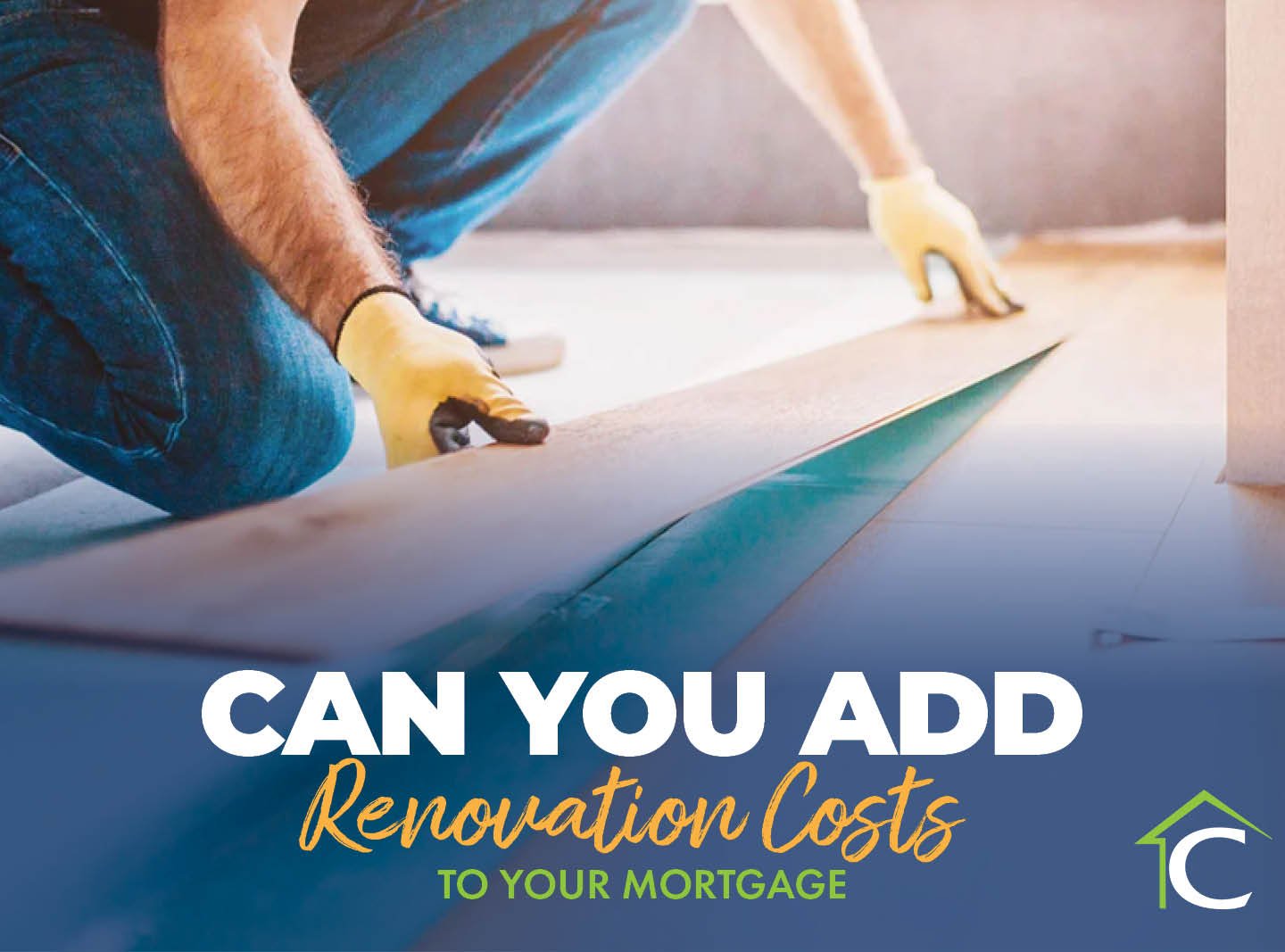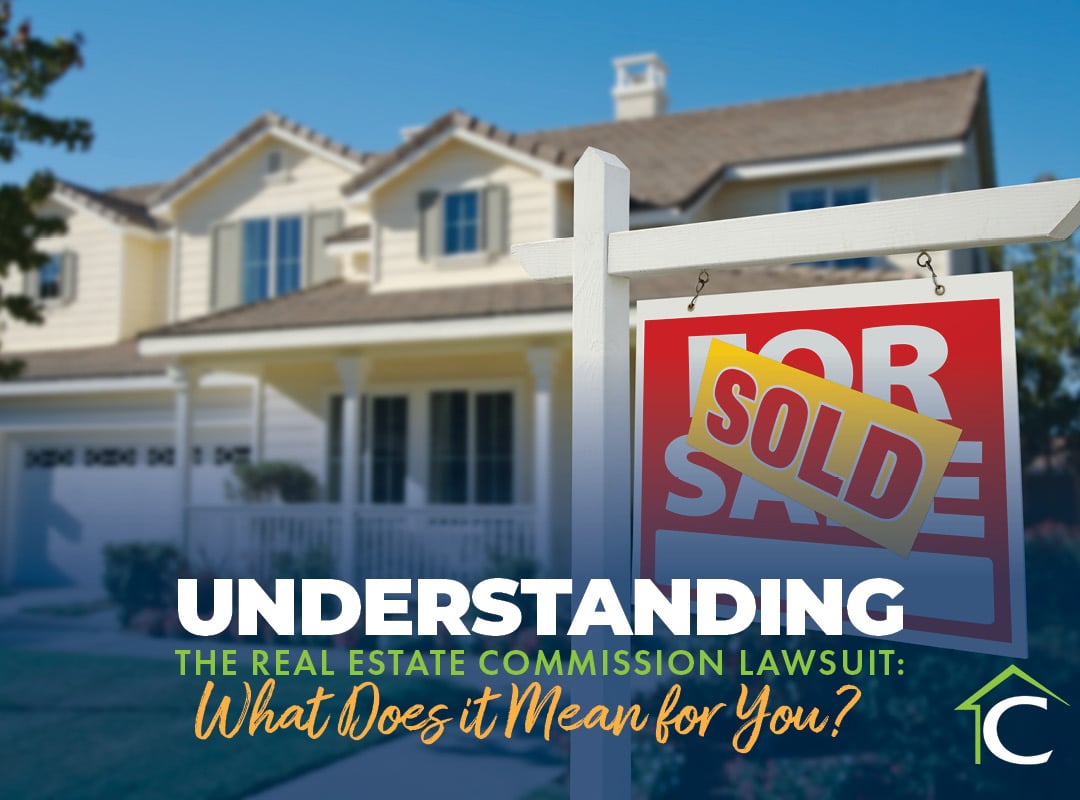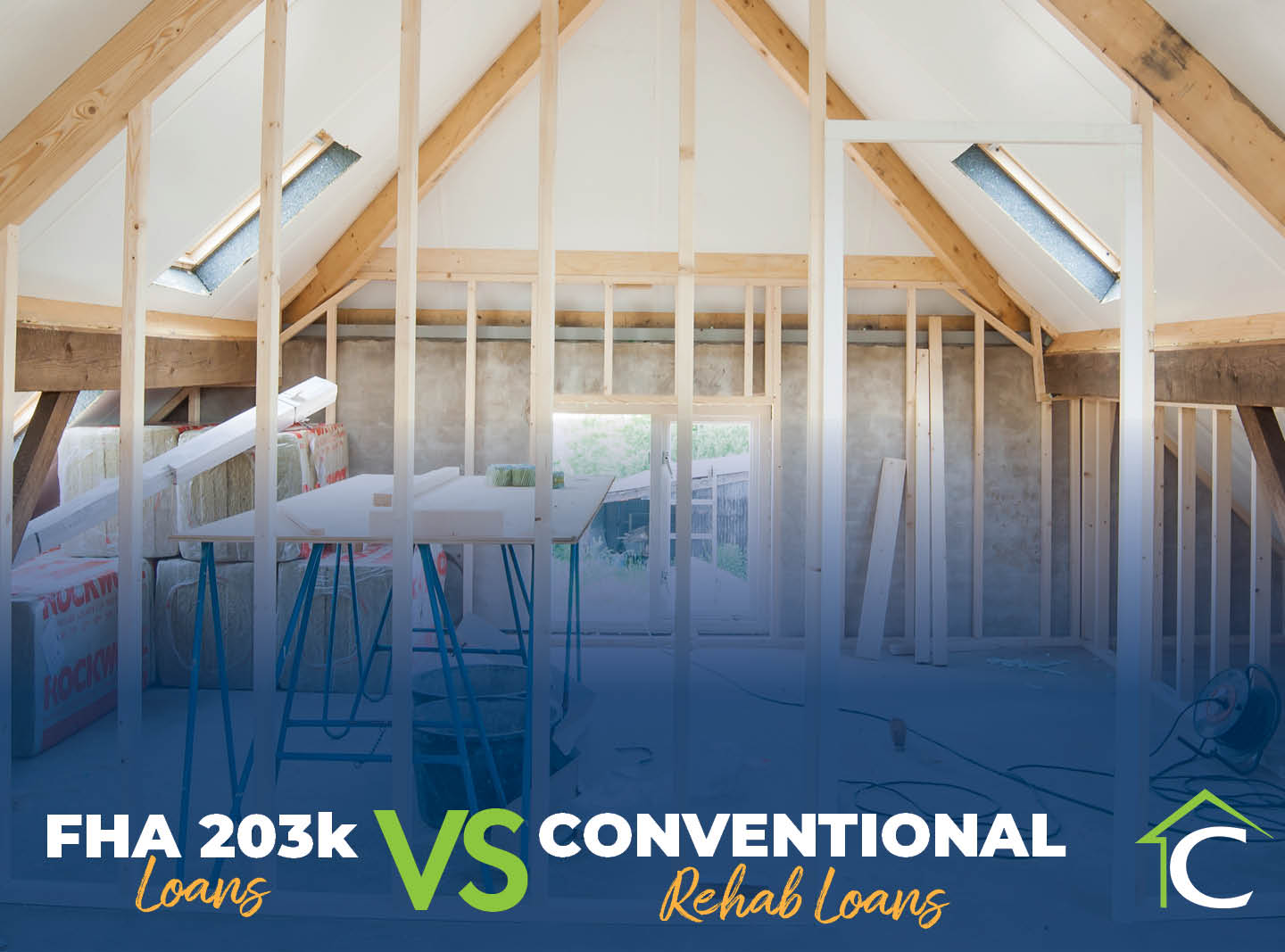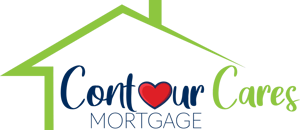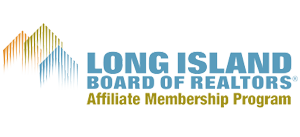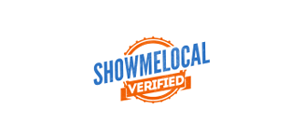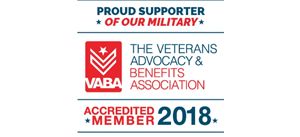Editor’s Note: This blog post was originally published in April 2018 and has been revised to reflect industry updates.
While the most conventional home purchase route is a move-in ready or newly constructed home, more common alternatives include fixer-uppers or rehab properties. While both of the latter require upgrades, repairs and maintenance, purchasing a home requiring work could be the ticket to your customized dream property.
Even if you aren’t well versed in home improvements, most loans will cover enough to enlist a licensed contractor and other experienced professionals.
Despite these advantages, some consumers are still hesitant due to uncertainty regarding project scope and affordability of bringing such homes up to snuff. Many often wonder: Is there a way to add renovation costs of my new home to a mortgage?
The short answer is: Yes.
While you’ll likely have additional questions, it’s best to contact a reputable lender, such as Contour Mortgage for guidance when choosing the right rehab loan for your project.
Let’s review the benefits, requirements, and pros and cons of each rehab loan offered through Contour Mortgage.
Home Renovation Loan Benefits
Not only will a home renovation loan provide necessary funding for your project wish list, it can be combined with your monthly mortgage payment. Based on the home’s as-completed value, you’ll have additional equity if you decide to sell.
These loans also open additional options for borrowers previously unable to obtain a traditional loan, or those who didn’t realize the possibilities of a renovation or fixer-upper project.
Types of Home Renovation Loans
Whether a complete “down-to-the-studs” project, or minor cosmetic improvements, choosing the best home renovation loan is dependent on several factors. Similar to most home purchase loans, there are income and down payment requirements, credit score limitations, and other qualifications.
Many potential homebuyers opt for conventional home improvement loans, or government-backed mortgages offered through agencies such as the Federal Housing Administration (FHA). With more lenient requirements, these can sometimes be the qualifying factor in purchasing your dream home.
FHA 203(k)
Insured and backed by the FHA, 203(k) renovation loans are utilized for borrowers purchasing a fixer-upper or “handyperson special” in need of repairs, upgrades, and renovations. Whether work is completed by licensed professionals, or on your own, this loan grants the necessary funding for home purchase and accompanying renovations.
Note the two versions and types of this loan:
Standard 203(k)
This is designed for major repairs to a primary residence property. Addressing damages from fire or flooding would likely be covered by a standard 203(k) loan. Foundation issues could also fall within this category for required structural improvements mitigating safety risks. Room additions and floor repairs would also be eligible.
With minimum renovation requirements starting at $5,000, this loan covers up to the lesser of both purchase and renovation costs, or 110 percent of the post-project value.
Limited 203(k)
Sometimes referred to as streamline, this loan covers less extensive repairs, comprising changes less than $35,000. This can include upgrades and other cosmetic improvements, such as kitchen and bathroom updates, and replacing outdated appliances.
Pros
-
-
- Borrowers Can Choose From Two Loan Types
- Covers Home Purchase, Refinancing & Renovations
- Low Down Payment Requirements
-
Cons
-
-
- Upgrades Can Be Subject to Approval
- Applicable to Single-Family Residences Only
- Not Ideal for a Move-In-Ready Solution
-
Fannie Mae HomeStyle
The Federal National Mortgage Association, also known as Fannie Mae, offers its HomeStyle Renovation Mortgage option. Available as a fixed- or adjustable-rate mortgage (ARM), the original principal cannot exceed the association’s maximum mortgage amount for a conventional primary mortgage.
The transaction type also plays a role in how much is covered. According to the HomeStyle Renovation Mortgages: Loan and Borrower Eligibility requirements, borrowers purchasing a home cannot incur rehab costs more than “75 percent of the lesser of the sum of the purchase price of the property plus renovation costs, or the ‘as-completed’ appraised value of the property.”
Borrowers considering refinance would not be permitted to exceed 75 percent of the as-completed appraised property value.
Pros
-
-
- Available as Both Fixed or ARM Options
- Loan Can Be Combined With Other Fannie Mae Products
- Includes Repair Contingencies
-
Cons
-
-
- Cannot Be Used to Rebuild a Home
- Could Require Additional Paperwork
- Project Must Be Completed Within Specified Time Frame
-
Freddie Mac Renovation Mortgage
Similar to Fannie Mae HomeStyle, Freddie Mac also offers a renovation loan for both single-family and multiple-unit dwelling properties. This also applies to second home or investment properties.
These fixed-rate or ARM loans can be paid off with terms ranging from 15 to 30 years. Down payments for single-family homes can be less than the typical standard 20 percent, with higher rates for multi-family properties.
Applicable credit ratings are also required, and guided by down payment amount, debt-to-income (DTI) ratios, and other factors.
Pros
-
-
- Lower Down Payments
- Less Stringent Credit Requirements
- Applicable for Investment Properties, Second Homes & Multi-Family Dwellings
-
Cons
-
-
- Manufactured Homes Aren’t Eligible
- Borrower Cannot Be Affiliated With/Related to Builder, Developer, or Seller
-
Jumbo Loan Renovation Mortgage
Borrowers seeking higher priced or larger homes exceeding the 2022 Federal Housing Finance Agency (FHFA) conforming loan limit can also add renovation costs through a conforming jumbo loan renovation mortgage.
Provided borrowers meet credit, income and DTI ratios, these loans can include major non-structural renovation projects, such as kitchen and bathroom overhauls, outdoor patios and pools, and other value-add improvements. Available as fixed-rate or ARM loans, the maximum amount allotted for renovations cannot exceed more than $250,000, or 30 percent of completed project cost.
Pros
-
-
- Can Cover Renovations on Larger Home Purchases
- Provides Additional Funding for Cosmetic Improvements
-
Cons
-
-
- Only Single-Family Homes Are Eligible
- Renovations Cannot Exceed More Than 30 Percent of Completed Costs
- Doesn’t Include Teardowns, Additions, or Other Structural Renovations
-
The Takeaway
If you’re considering a home improvement or fixer-upper or rehab project, begin by speaking with a reputable mortgage lender to understand specific options, financing, and other important requirements.
Contour Mortgage provides lending services throughout the United States. Contact us to learn more about our various renovation and rehab property financing options.

